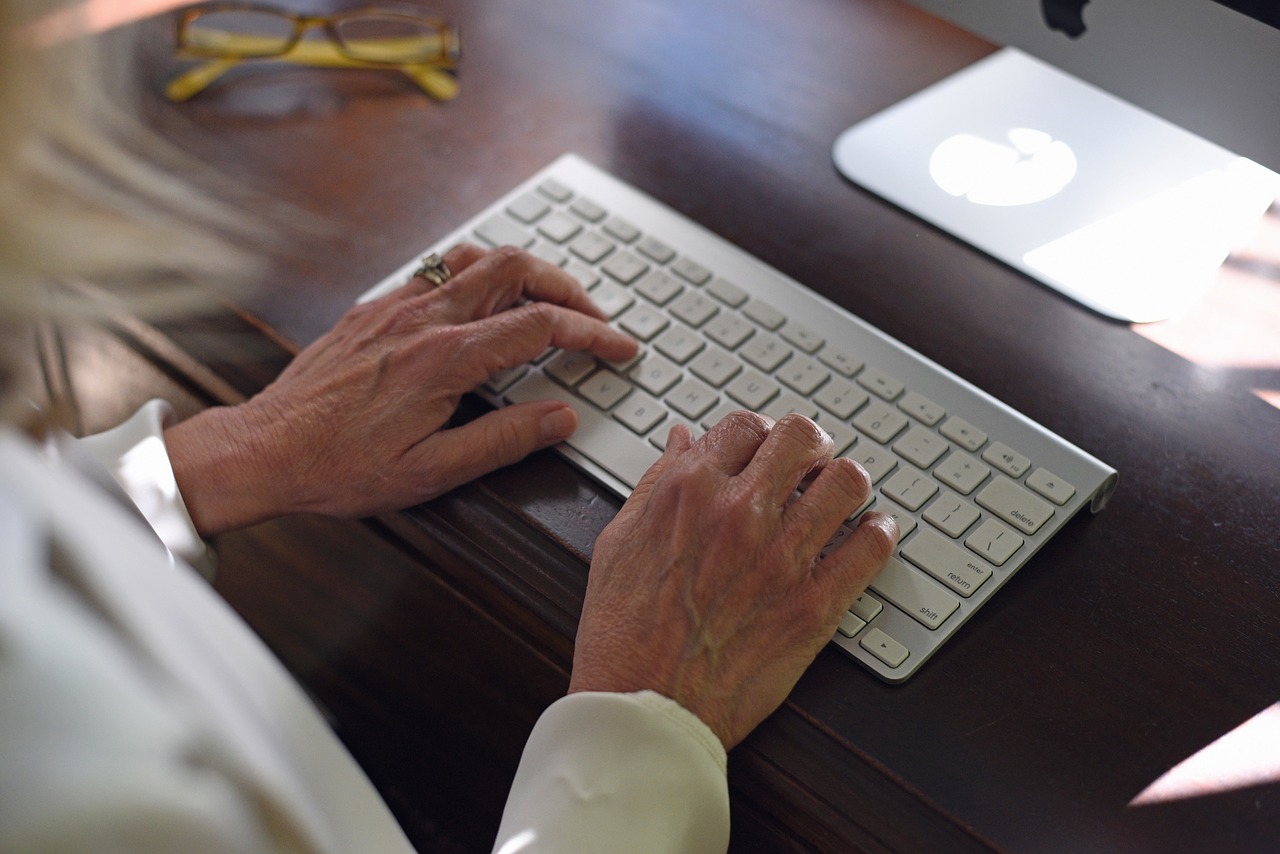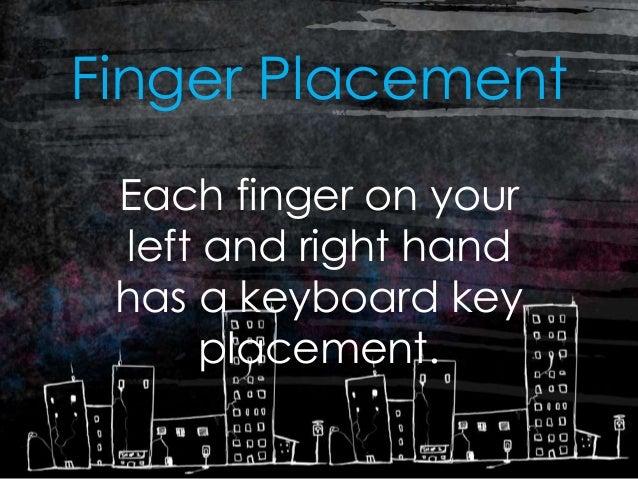

It implies that the left hand's pointing finger should click it. In all cases, the key with the number "6" is located almost entirely on the left side of the keyboard. Maybe it is different for CoolerMaster mechanical keyboard?Īnd finally, let's have a look at the Chicony ergonomic keyboard: Raspberry Pi keyboard shouldn't differ much regarding the top row of keys: Now let's have a look at the Apple's Macbook Air keyboard: Below there are various QWERTY keyboards that have English layout for the United States.įirst, let's have a look at a keyboard of a Dell business laptop:

The keyboard key that interests us is the key with the number "6". How the top row keys are positioned in relation to the center of the keyboard? We will examine the QWERTY keyboard. Let's try to take a bit scientific approach and make some measurements to check if it is actually closer to reaching the keys with bumps to the center of the top row. If someone has typed for years in one way, it is hard to convince him or her to do it differently now. It is hard to argue with others' preferences.

Some people claim that it is more comfortable for them to type using a "full cascade" pattern. Typing keys of the keyboard's top row is controversial. This approach is just more comfortable for your hands and thus healthier and more effective. This approach does not work as it should in practice, although, it looks very straightforward in theory this concept is illustrated in the below picture:Īlthough the correct approach is not obvious and seems less popular, we are still convinced that it is correct. Most of the resources on the Internet show that fingers should be assigned to keyboard keys in the form of a "full cascade". The fingers-to-keys assignment should look, therefore, the following way: Later in this article, we will discuss why the row of numeric keys should be treated as an exception. The cascade is "shifted" because numeric keys (the first upper row on the keyboard) should be pressed differently than the keys of other rows. The schema of correctly assigning keys to fingers resembles a "shifted cascade". If you that the position of your hands or your entire body is forced in some unnatural way during typing, change your position so that you feel comfortable again. It would be best not to lay your hands too close to each other. When typing do not try to bend your arms to the level when you don't feel comfortable. It is also important that your arms and hands are arranged in a natural way. You do not need necessarily come back to the base position, after a key has been pressed, although, your forefingers should keep their base position whenever possible. During touch typing, you reach other keys starting from the base position. The rest of the fingers (except for the thumbs) should be placed along the same row as the forefingers. For QWERTY keyboards the middle means keys: "F" and "J". To type a capital letter you should use the Shift key on the opposite side of the keyboard with your other hand.The most important thing is to place your forefingers in the middle of the third row of keys (counting from the bottom). When you learn touch typing you do not need to move your entire hand or look at the keyboard. How fast you type depends on how quickly each finger locates and presses their designated keys. Why you should always position your hands on ‘Home Row Keys’īy placing your fingers on the ‘home row keys’ it is much easier to boost typing speed, as it allows easier access to the surrounding keys. If you close your eyes and practice placing your fingers on the ‘home row keys’, you will soon memorise their location and the task will become automatic. In the case of both hands, your thumbs should rest on the spacebar.Ĭorrect finger positioning for the ‘Home Keys’ on your keyboardĪ helpful tip for finger positioning of the ‘Home Row Keys’ Position your index finger on ‘J’, middle finger on ‘K’, ring finger on ‘L’ and little finger on ‘ ’ (semicolon). Position your index finger on ‘ F’, middle finger on ‘D’, ring finger on ‘S’ and little finger on ‘A’. On a QWERTY keyboard, the ‘home row key’ positions are as follows: The raised bumps and grooves allow you to place your fingers on the ‘F’ and ‘J’ keys by touch, without the need to look down at the keyboard. These markers are where you should place your index fingers, followed by the rest of your fingers, to form the home position. The ‘home position’ is situated on the middle row of your keyboard, as highlighted below.Īll keyboards have raised markers (bumps or grooves) on the ‘F’ and ‘J’ keys. The starting position for your fingers when getting ready to touch type, or when they are at rest and not typing is called the ‘home position’ and the keys you place your fingers on are called the ‘home row keys’.


 0 kommentar(er)
0 kommentar(er)
